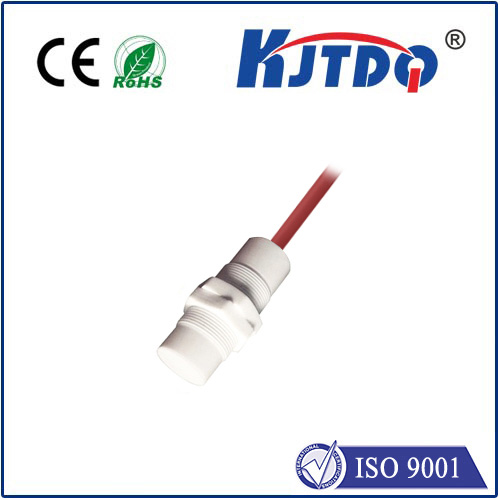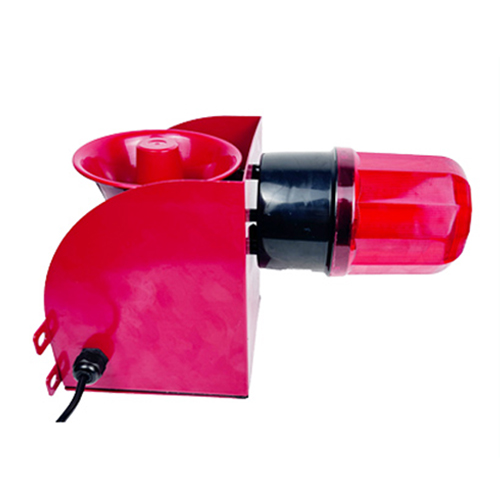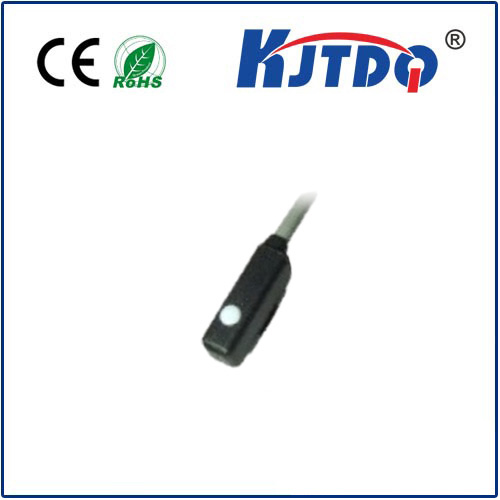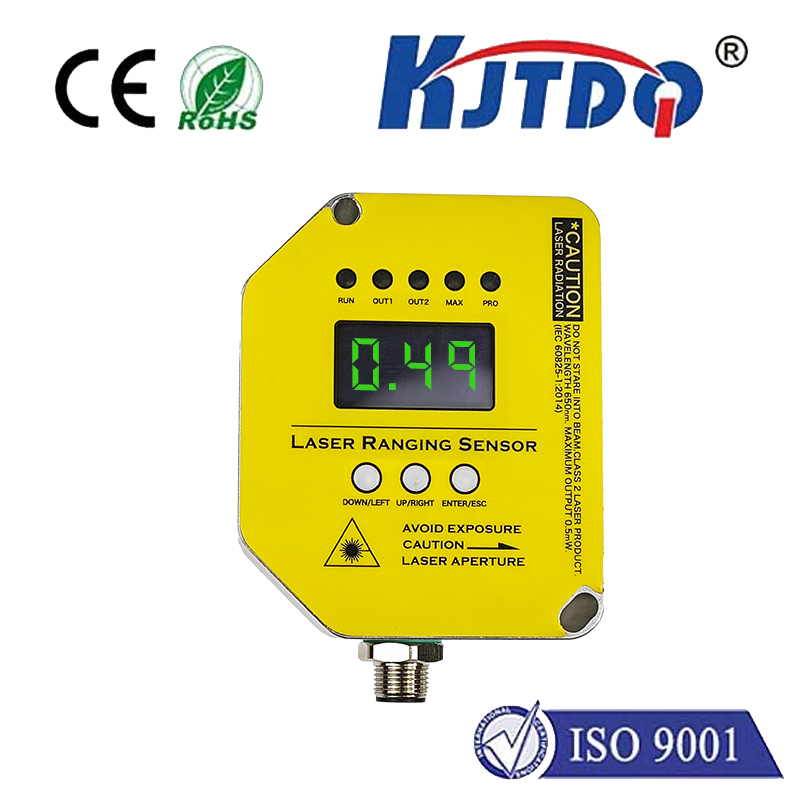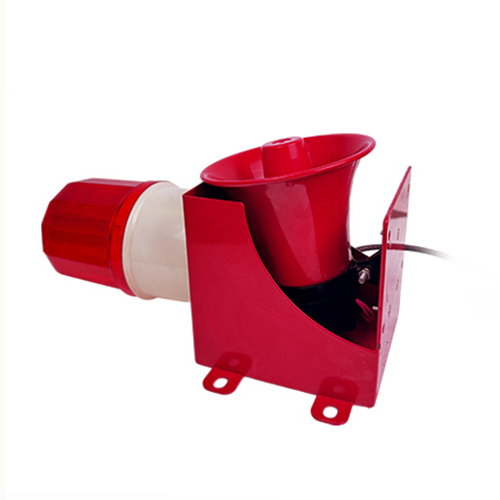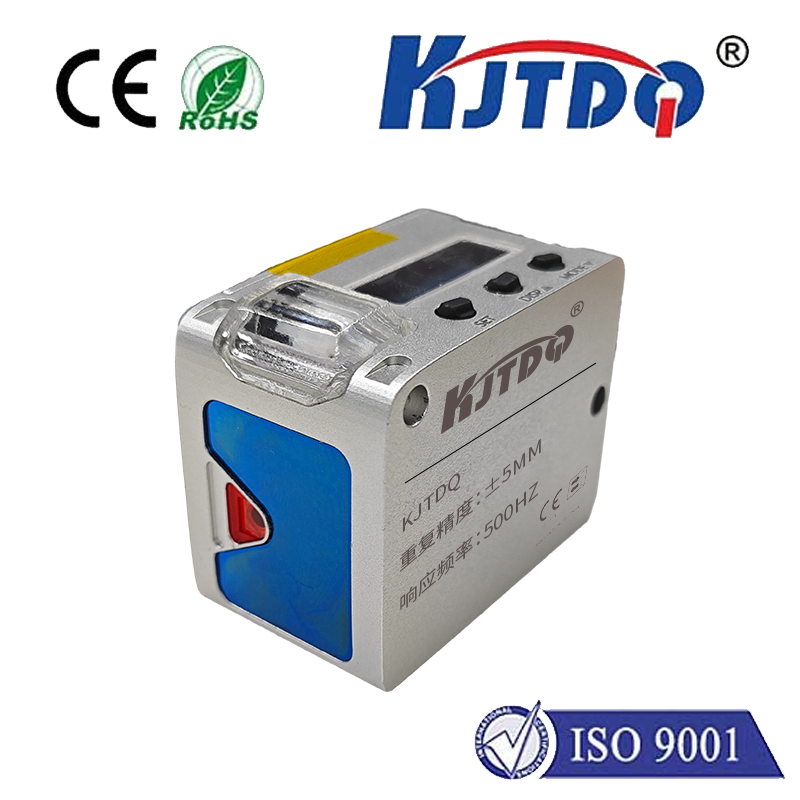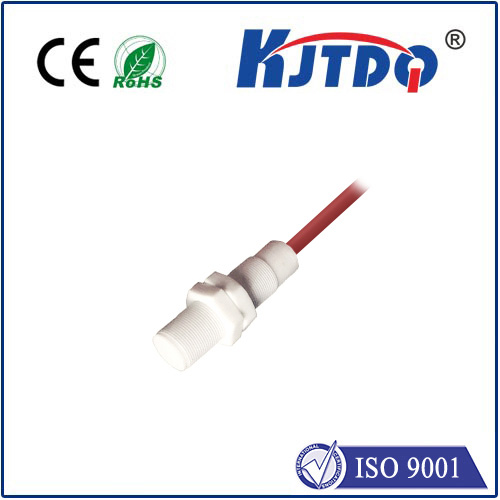m18 inductive proximity sensor switch
- time:2025-09-09 03:31:26
- Нажмите:0
M18 Inductive Proximity Sensors: The Compact Precision Powerhouse for Industrial Sensing
In the relentless rhythm of modern manufacturing and automation, reliability is non-negotiable. Machines must operate flawlessly, components must be positioned perfectly, and processes demand precise control – all often happening at blinding speeds. Downtime is the enemy. This is where unsung heroes like the M18 inductive proximity sensor switch step onto the stage. More than just a component, it’s a fundamental pillar enabling seamless, efficient, and safe industrial operations. But what makes this specific size and type so indispensable?
Put simply, an индукционный датчик приближения detects the presence or absence of metallic objects without physical contact. It achieves this feat using an electromagnetic field generated by its sensing face. When a metal target (like steel, aluminum, brass, etc.) enters this field, it causes eddy currents to form within the target. These eddy currents absorb energy from the sensor’s coil, leading to a detectable change in the field’s oscillation amplitude or frequency. The sensor’s internal circuitry translates this change into a clean, switching output signal – typically turning “on” or “off” depending on its configuration (Normally Open or Normally Closed).
Why M18? The Sweet Spot of Size and Performance

The “M18” designation refers to the sensor’s standardized 18mm cylindrical threaded barrel size. This specific diameter strikes an exceptional balance, making it arguably one of the most popular and versatile choices across countless industries:
- Optimal Sensing Range: M18 sensors typically offer sensing ranges (Sn) between 4mm and 8mm for standard steel targets. This range provides sufficient working distance for most positioning and detection tasks without requiring excessively large housings.
- Robustness & Ruggedness: The 18mm diameter provides ample material for a rugged housing, usually rated at IP67 or IP69K, offering excellent protection against dust, water jets, washdowns, and mechanical impacts common in harsh industrial environments.
- Space Efficiency: Its compact profile allows for easy installation in tight spaces and dense machinery layouts where larger sensors wouldn’t fit.
- Standardization & Availability: The M18 threading (typically M18 x 1 or M18 x 1.5) is a global industry standard. This ensures easy mounting in pre-drilled holes and compatibility with a vast array of mounting brackets and accessories. Replacement is straightforward.
- Performance Consistency: Major manufacturers offer M18 sensors with highly stable performance characteristics across temperature variations, voltage fluctuations, and electromagnetic interference.
Decoding the Specifications: What Makes an M18 Sensor Tick?
Understanding key specs is vital for selecting the right M18 inductive proximity switch:
- Sensing Distance (Sn): The nominal sensing range for a standard mild steel target (usually 1mm thick). Crucially, always derate this distance for other metals (e.g., aluminum typically requires ~40-50% reduction).
- Shielded vs. Unshielded:
- Shielded (Flush Mountable): The sensing face is surrounded by metal. This allows them to be flush-mounted in metal without affecting performance, offering better mechanical protection.
- Unshielded (Non-Flush Mountable): The sensing coil extends to the front edge. They offer a slightly longer sensing range than shielded equivalents but require clearance (free of metal) around the sensor barrel for proper operation.
- Output Configuration: Primarily 3-wire DC devices:
- PNP (Sourcing): Switches the positive (+) voltage to the load.
- NPN (Sinking): Switches the negative (-) or ground connection to the load. Choosing the correct type for your PLC or controller input is critical.
- Normally Open (NO) or Normally Closed (NC): Describes the output state when no target is present (NO = Off, NC = On).
- Operating Voltage: Typically operates within a DC range like 10-30V DC, ensuring compatibility with common industrial power supplies.
- Current Rating: Specifies the maximum load the sensor’s output can handle (e.g., 200mA). Do not exceed this rating.
- Switching Frequency: How quickly the sensor can detect passing targets (e.g., 1 kHz means up to 1000 detections per second).
- Hysteresis: The difference between the switch-on and switch-off points. This prevent oscillation when the target is near the sensing edge, ensuring clean, stable switching.
- Environmental Rating: Look for МП67 (dust-tight and immersion in water up to 1m) as a minimum; IP69K is preferred for high-pressure washdown environments (food & beverage, pharmaceuticals).
Where Does the M18 Inductive Proximity Shine? Key Applications
The versatility of the M18 proximity sensor makes it ubiquitous. Here are just a few common applications:
- Position Verification: Detecting the presence/absence of parts on conveyors, pallets, or fixtures. Is the part in place for machining or assembly?
- End-of-Travel Detection: Confirming cylinders are fully extended or retracted. Has the clamp closed completely?
- Object Counting: Monitoring the passage of metal parts or containers on a line. How many bottles caps have passed?
- Speed Monitoring: Detecting rotating shafts, gears, or sprockets with metal targets. Is the motor running at the correct RPM?
- Machine Safety: Used as part of safety interlock systems (often requiring safety-rated models). Is the guard door securely closed?
- Level Detection: Monitoring metal levels in tanks or hoppers. Is there enough metal feedstock?
- Cam Position Detection: In automated machinery sequences. Has the cam reached the critical phase?
- Automotive Manufacturing: Countless uses in engine assembly, welding lines, paint shops, and final assembly.
Selecting the Right M18 Inductive Sensor: Critical Considerations
Choosing the perfect M18 sensor involves more than just grabbing the first one off the shelf:
- Target Material: Ferrous steel (Fe) is easiest to detect. Non-ferrous metals (like Al, Cu, brass) require a sensor specifically designed for them or derating the sensing distance significantly. Stainless steel detection also varies.
- Required Sensing Distance: Measure the gap that will exist between the sensor face and the target. Choose an M18 sensor where Sn is greater than this gap, factoring in derating for non-ferrous targets and installation restrictions (shielded/unshielded). Always allow a safety margin.
- Mounting Constraints: Is flush mounting possible? If mounting near metal structures, you likely need a shielded M18 sensor. If space is extremely tight, ensure the unshielded type has the required clearance.
- Environment: Consider temperature extremes, potential chemical exposure, and the need for high-pressure washdown (IP69K







